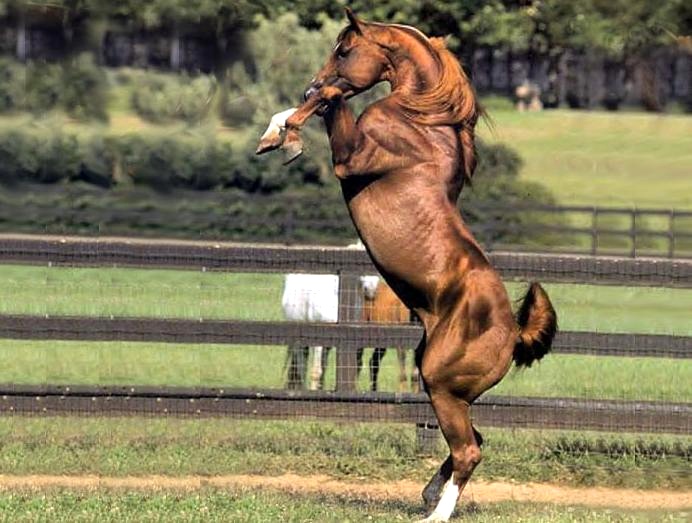Horse racing is a popular sport around the world, with millions of people attending events and placing bets to try and win money. But how much does the house actually take in from these bets? In this article, we’ll explore this question and look at how much of a cut the house gets from every wager placed.
We’ll also look at the different types of wagers available, their associated costs, and how the house makes its money. By the end of this article, you’ll have a better understanding of how the house takes in its share of the winnings.
What Is Horse Racing?
Horse racing is a sport that has been around for centuries. It is a competitive sport where horses are raced against each other to win a prize. Races are usually held at a track, with the most popular tracks being located in the United Kingdom, the United States, and Australia.
The sport is typically divided into two categories: flat racing (also known as “thoroughbred racing”) and steeplechase racing. In flat racing, horses are raced on a flat track and the distances range from five furlongs (about 1,000 meters) to two miles. In steeplechase racing, horses are raced on a track with jumps and other obstacles.
Types of Horse Racing Bets
When it comes to betting on horse racing, there are many different types of wagers available. These include straight bets, exotic bets, and parimutuel bets.
Straight Bets
Straight bets involve picking a single horse to win a particular race. These bets are usually the simplest and most straightforward type of wager. They can be placed on any horse in a race and usually have a fixed payout structure.
Exotic Bets
Exotic bets involve picking multiple horses to win a race and are usually more complex than straight bets. These bets include exactas (picking two horses to finish first and second in a race), trifectas (picking three horses to finish first, second, and third in a race), and superfectas (picking four horses to finish first, second, third, and fourth in a race).
Parimutuel Bets
Parimutuel bets involve betting on the outcome of a race without knowing the exact horses that will win or place. The payouts for these bets are determined by the total amount of money wagered on the race. This means that the odds can change dramatically right up to the moment the race starts.
How Much Does the House Take?
Now that we’ve looked at the different types of wagers available, let’s take a look at how much the house takes in from each bet. Generally speaking, the house will take a percentage of the total amount wagered on the race. This percentage can range from as little as 2% up to as much as 30%.
The exact percentage taken by the house will depend on the type of bet placed, the total amount wagered, and the specific track where the race is being held. For example, the house may take a larger percentage of exotic bets than straight bets.
How the House Makes Its Money
The house makes its money by taking a percentage of the total amount wagered on a race. This percentage is known as the “takeout” and is typically used to cover the cost of hosting the race, as well as to generate revenue for the house.
The takeout can vary from track to track, with some taking as little as 2% and others taking up to 30%. It’s important to note that the takeout does not affect the payouts for bets placed on the race.
Why Is the Takeout Important?
The takeout is important for two main reasons. First, it allows the house to generate revenue from horse racing. Without the takeout, the house would not be able to make money from the sport.
Second, it helps to ensure that the payouts for bets placed on the race are fair. The takeout helps to offset the cost of hosting the race, which helps to keep the payout structure fair for everyone involved.
Conclusion
In conclusion, the house takes a percentage of the total amount wagered on a race in order to generate revenue and keep the payouts fair. This percentage can range from as little as 2% up to as much as 30%, depending on the type of bet placed and the specific track where the race is being held.
Understanding how the house takes its cut is key to understanding how horse racing works. With this knowledge, you’ll be better equipped to make informed decisions when betting on the sport.

